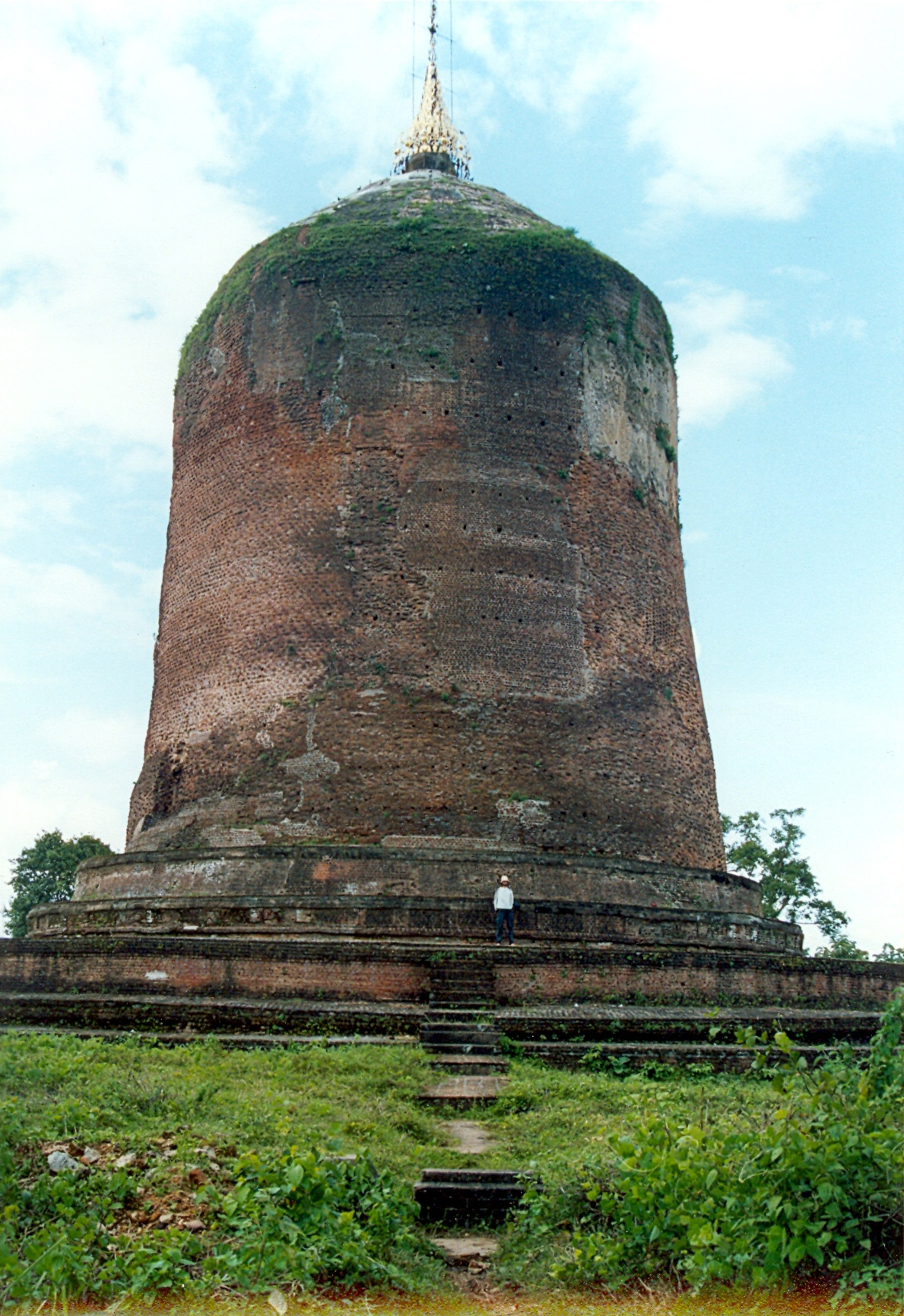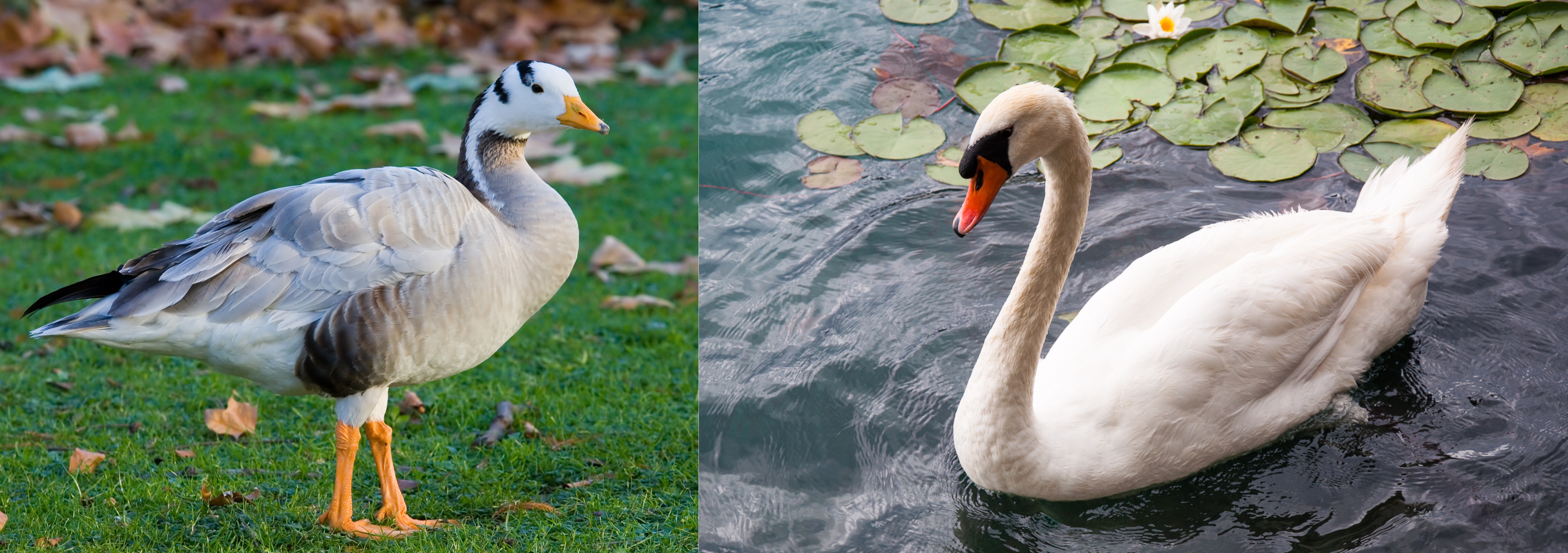|
Hpaung Daw U Pagoda
Phaung Daw U Pagoda ( my, ဖောင်တော်ဦးဘုရား, IPA: ; ), also spelt Phaung Daw Oo or Hpaung Daw Oo, is a notable Buddhist pagoda in Myanmar (formerly Burma), located in the village of Ywama on Inle Lake in Shan State. The pagoda is the site of a major annual pagoda festival during which the temple's principal Buddha images are circulated on a royal barge across Inle Lake. Relics The pagoda houses five small gilded images of Buddha, which have been covered in gold leaf to the point that their original forms cannot be seen. The images range from about tall. It is believed that the Buddha images were brought to Inle Lake by King Alaungsithu. Being essentially solid gold, the images are extremely heavy. In 2019, pagoda trustees banned pilgrims from applying more gold leaf to the statues, due to the weight of these statues and difficulties transporting them for the pagoda festival. Old photographs hanging on the monastery walls show some of the i ... [...More Info...] [...Related Items...] OR: [Wikipedia] [Google] [Baidu] |
Theravada
''Theravāda'' () ( si, ථේරවාදය, my, ထေရဝါဒ, th, เถรวาท, km, ថេរវាទ, lo, ເຖຣະວາດ, pi, , ) is the most commonly accepted name of Buddhism's oldest existing school. The school's adherents, termed Theravādins, have preserved their version of Gautama Buddha's teaching or ''Dharma (Buddhism), Buddha Dhamma'' in the Pāli Canon for over two millennia. The Pāli Canon is the most complete Buddhist canon surviving in a Indo-Aryan languages, classical Indian language, Pali, Pāli, which serves as the school's sacred language and ''lingua franca''.Crosby, Kate (2013), ''Theravada Buddhism: Continuity, Diversity, and Identity'', p. 2. In contrast to ''Mahāyāna'' and ''Vajrayāna'', Theravāda tends to be conservative in matters of doctrine (''pariyatti'') and monastic discipline (''vinaya''). One element of this conservatism is the fact that Theravāda rejects the authenticity of the Mahayana sutras (which appeared c. ... [...More Info...] [...Related Items...] OR: [Wikipedia] [Google] [Baidu] |
Alaungsithu
Alaungsithu or Sithu I ( my, အလောင်းစည်သူ ; also Cansu I; 1090–1167) was king of Pagan Dynasty of Burma (Myanmar) from 1112/13 to 1167. Sithu's reign was a prosperous one in which Pagan was an integral part of in-land and maritime trading networks. Sithu engaged in a massive building campaign throughout the kingdom, which included colonies, forts and outposts at strategic locations to strengthen the frontiers, ordination halls and pagodas for the support of religion, as well as reservoirs, dams and other land improvements to assist the farmers. He also introduced standardized weights and measures throughout the country to assist administration as well as trade. He presided over the beginning of a transition away from the Mon culture toward the expression of a distinctive Burman style. Sithu is remembered a peripatetic king who traveled extensively throughout his realm, built monuments and nurtured Theravada Buddhism with acts of piety. Early life Sithu ... [...More Info...] [...Related Items...] OR: [Wikipedia] [Google] [Baidu] |
Tourist Attractions In Myanmar
Tourism is travel for pleasure or business; also the theory and practice of touring, the business of attracting, accommodating, and entertaining tourists, and the business of operating tours. The World Tourism Organization defines tourism more generally, in terms which go "beyond the common perception of tourism as being limited to holiday activity only", as people "travelling to and staying in places outside their usual environment for not more than one consecutive year for leisure and not less than 24 hours, business and other purposes". Tourism can be domestic (within the traveller's own country) or international, and international tourism has both incoming and outgoing implications on a country's balance of payments. Tourism numbers declined as a result of a strong economic slowdown (the late-2000s recession) between the second half of 2008 and the end of 2009, and in consequence of the outbreak of the 2009 H1N1 influenza virus, but slowly recovered until the COVID-19 ... [...More Info...] [...Related Items...] OR: [Wikipedia] [Google] [Baidu] |
Buddhist Pilgrimage Sites In Myanmar
Buddhism ( , ), also known as Buddha Dharma and Dharmavinaya (), is an Indian religions, Indian religion or Indian philosophy#Buddhist philosophy, philosophical tradition based on Pre-sectarian Buddhism, teachings attributed to the Buddha. It originated in History of India, northern India as a -movement in the 5th century BCE, and Silk Road transmission of Buddhism, gradually spread throughout much of Asia via the Silk Road. It is the Major religious groups, world's fourth-largest religion, with over 520 million followers (Buddhists) who comprise seven percent of the global population. The Buddha taught the Middle Way, a path of spiritual development that avoids both extreme asceticism and hedonism. It aims at liberation from clinging and craving to things which are impermanent (), incapable of satisfying ('), and without a lasting essence (), ending the cycle of death and rebirth (). A summary of this path is expressed in the Noble Eightfold Path, a Bhavana, training of t ... [...More Info...] [...Related Items...] OR: [Wikipedia] [Google] [Baidu] |
Pagodas In Myanmar
Burmese pagodas are stupas that typically house Buddhist relics, including relics associated with Buddha. Pagodas feature prominently in Myanmar's landscape, earning the country the moniker "land of pagodas." According to 2016 statistics compiled by the State Sangha Maha Nayaka Committee, Myanmar is home to 1,479 pagodas exceeding in height, a quarter of which are located in Sagaing Region. Several cities in the country, including Mandalay and Bagan, are known for their abundance of pagodas. Pagodas are the site of seasonal pagoda festivals. Burmese pagodas are enclosed in a compound known as the ''aran'' (အာရာမ်, from Pali ''ārāma''), with gateways called ''mok'' (မုခ်, from Pali ''mukha'') at the four cardinal directions. The platform surrounding a Burmese pagoda is called a ''yinbyin'' (ရင်ပြင်). Terms In the Burmese language, pagodas are known by a number of various terms. The umbrella term ''phaya'' (, pronounced ), which derives ... [...More Info...] [...Related Items...] OR: [Wikipedia] [Google] [Baidu] |
Shwe Indein Pagoda
The Shwe Indein Pagoda ( my, ရွှေအင်းတိန်စေတီ) is a group of Burmese pagoda, Buddhist pagodas in the village of Indein, near Ywama and Inlay Lake in Shan State, Myanmar (formerly Burma). The pagodas were commissioned during the reign of King Narapatisithu. However, tradition holds that they were built by King Ashoka (known in Burmese as ''Dhammasoka'' ), and renewed by King Anawrahta. However, there is no archaeological evidence to support this theory. Photo gallery Inle-See-In Dein-40-Kloster-gje.jpg Inle-See-In Dein-42-Aufgang-gje.jpg Inle-See-In Dein-12-Pagodenwald-gje.jpg Inle-See-In Dein-22-Pagodenwald-gje.jpg Inle-See-In Dein-26-Pagodenwald-gje.jpg Inle-See-In Dein-52-Hti-gje.jpg Inle-See-In Dein-60-Pagodenwald-gje.jpg Inle-See-In Dein-66-Waechter-gje.jpg Inle-See-In Dein-68-Stupabasis-gje.jpg Notes References * * * Buildings and structures in Shan State 13th-century Buddhist temples Pagodas in Myanmar {{Buddhist-temple-stu ... [...More Info...] [...Related Items...] OR: [Wikipedia] [Google] [Baidu] |
Yawnghwe
Yawnghwe ( shn, ယွင်ႈႁူၺ်ႈ), known as Nyaungshwe ( my, ညောင်ရွှေ) in Burmese, was a Shan state in what is today Myanmar. It was one of the most important of the Southern Shan States. Yawnghwe state included the Inle Lake. The administrative capital was Taunggyi, located in the northern part of the state. The Agent of the British government, the Superintendent of the Southern Shan States, resided at Taunggyi and the king's palace was at Yawnghwe. History According to tradition in very distant antiquity there was a predecessor state in the area named Kambojaraṭṭha (ကမ္ဗောဇရဋ္ဌ). The city of Yawnghwe, which gave name to the state, was founded in 1359 by two mythical brothers, Nga Taung and Nga Naung, who arrived from Tavoy (Dawei) and were allowed to build a capital by a prince who ruled the region. The brothers brought 36 families from Tavoy and established themselves in the new city. Yawnghwe included the subsidia ... [...More Info...] [...Related Items...] OR: [Wikipedia] [Google] [Baidu] |
Saopha
Chao-Pha (; Ahom language, Tai Ahom: 𑜋𑜧𑜨 𑜇𑜡, th, เจ้าฟ้า}, shn, ၸဝ်ႈၾႃႉ, translit=Jao3 Fa5 Jao3 Fa5, my, စော်ဘွား ''Sawbwa,'' ) was a royal title used by the hereditary rulers of the Tai peoples of Ahom kingdom, Mong Dun, Shan people, Mong Shan, Mong Mao, kingdoms of Thai and Khamti people, Tai-Khamti people. According to local chronicles, some fiefdoms of Chao-Pha date from as early as the 2nd century BCE; however, the earlier sections of these chronicles are generally agreed to be legendary. Overview During British rule in Burma, British colonial rule, there were 14 to 16 Chao-Phas at a time, each ruling a highly autonomous state, until 1922 when the Federated Shan States were formed and the Chao-Phas powers were reduced. However, they nominally kept their positions as well as their courts and still played a role in local administration until they collectively relinquished their titles in favour of the Post-independe ... [...More Info...] [...Related Items...] OR: [Wikipedia] [Google] [Baidu] |
Hamsa Bird
The hamsa (Sanskrit: हंस ' or ''hansa'') is an aquatic migratory bird, referred to in ancient Sanskrit texts which various scholars have interpreted as being based on the goose, the swan, or even the flamingo. Its image is used in Indian and Southeast Asian culture as a spiritual symbol and a decorative element. It is also used in a metaphorical sense with the bird attributed with the mythical ability to extract milk from a mixture of milk and water or good from evil. In Hindu iconography, ''hamsa'' is the vahana (or ''vehicle'') of Brahma, Gayatri, Saraswati, and Vishvakarma. Identification Asian language professor Monier Williams translates the term from Sanskrit as "a goose, gander, swan, flamingo (or other aquatic bird, considered as a bird of passage igratory bird...)." The word is also used for a mythical or poetical bird with knowledge. In the Rig Veda, it is the bird which is able to separate Soma from water, when mixed; in later Indian literature, the bird sep ... [...More Info...] [...Related Items...] OR: [Wikipedia] [Google] [Baidu] |
Thadingyut
Thadingyut ( my, သီတင်းကျွတ်) is the seventh month of the traditional Burmese calendar. Myanmar term "thadin" (သီတင်း) means the Buddhist Lent (Vassa), which spans the three preceding lunar months and is the tradition of Buddhist monks trying to avoid traveling as Buddha instructed them. The combination "thadingyut" means the liberation from or the end of the Lent. Festivals and observances *Full Moon of Thadingyut - end of the Budddhist lent **Abhidhamma Day ** Festival of Lights () **Yay Gyaw Festival (Pazundaung Township, Yangon) *Pagoda festivals **Myathalun Pagoda Festival (Magwe Region) **Hpaung Daw U Pagoda Festival (Shan State) Thadingyut symbols *Flower: ''Nelumbo nucifera'' See also *Burmese calendar *Festivals of Burma *Kyaukse elephant dance festival *Vassa The ''Vassa'' ( pi, vassa-, script=Latn, sa, varṣa-, script=Latn, both "rain") is the three-month annual retreat observed by Theravada practitioners. Taking place during ... [...More Info...] [...Related Items...] OR: [Wikipedia] [Google] [Baidu] |
Traditional Burmese Calendar
A tradition is a belief or behavior (folk custom) passed down within a group or society with symbolic meaning or special significance with origins in the past. A component of cultural expressions and folklore, common examples include holidays or impractical but socially meaningful clothes (like lawyers' wigs or military officers' spurs), but the idea has also been applied to social norms such as greetings. Traditions can persist and evolve for thousands of years—the word ''tradition'' itself derives from the Latin ''tradere'' literally meaning to transmit, to hand over, to give for safekeeping. While it is commonly assumed that traditions have an ancient history, many traditions have been invented on purpose, whether that be political or cultural, over short periods of time. Various academic disciplines also use the word in a variety of ways. The phrase "according to tradition", or "by tradition", usually means that whatever information follows is known only by oral tradition, ... [...More Info...] [...Related Items...] OR: [Wikipedia] [Google] [Baidu] |






